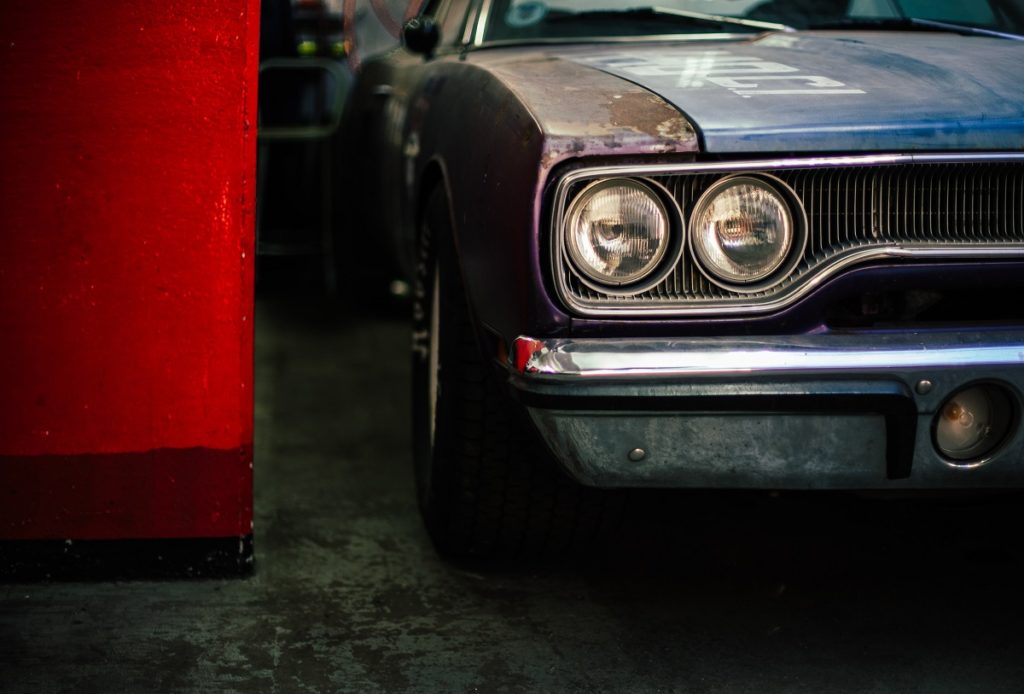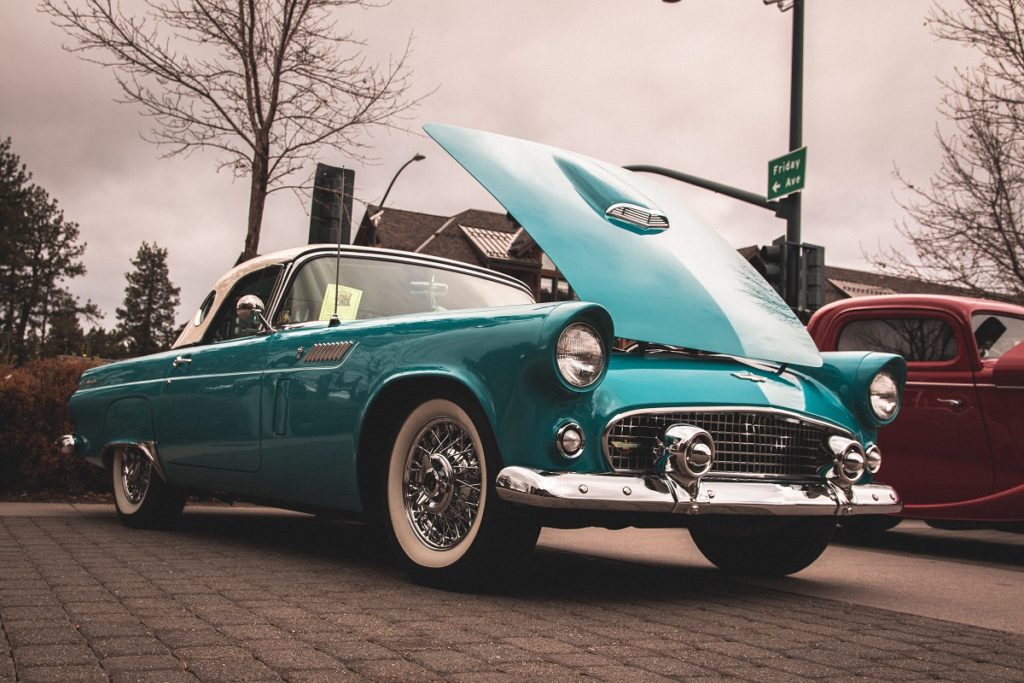If you have a classic car just lying in your family’s garage or passed down by your granddad, then you should know that bringing it back to life is one of the most exciting things you can do. It’s like building a toy — by the time you’re finished, you get to play with it, show it off to other people and probably even sell it to people who like toys as much as you do.
If you’re new to car restoration, read on to get an idea of what you’re in for.
Keeping yourself safe
As in all manual labour, safety comes first. Wearing an auto-darkening welding helmet, gloves and a lightweight welding jacket is the first step to restoring a classic car. This is regardless of how much welding during the restoration you’re going to do.
You also have to wear sturdy shoes, preferably steel-toed boots. Apart from avoiding exposed body parts, you never know when a jack might fail. Remember to remove the earth strap, too, to prevent accidental contact to an open wire.
Learning how to restore
Before you get to work, know that there are four levels of restoration you can do: restoring it to driving condition, to street show condition, to show car condition, and to Concours condition. The last two are usually for real car restoration professionals and high-bidding private collectors.
Restoring the car either to driving condition or street show condition is probably more feasible for the common car enthusiast. Choose the path where the vehicle can last for a longer time with minimal maintenance.
Working on the body

Depending on whether you’re touching it up to drive or display it, you’ll most likely be concerned with two different things. If you want it to hit the road, then look deeply into its functionality. Is the engine still in the right condition? Are the gearbox and transmission responsive at all? Are there punctures in the gas tank? Are the tires and the chassis misshapen?
Restoring it for a street show means concentrating on cosmetic issues. What’s the car’s year, make and model? Are there punctures, cracked panels or rust patches? Answering such questions should help you choose which parts to buy, as well.
Dressing the vehicle
Regardless of whether you’re restoring it for travel or show, you’d still have to think about selecting a sleek, modern look for your vintage vehicle. After all, this is crucial in keeping your restored car in pristine condition.
Just like with your everyday car, any dents, scratches and rust patches must first be removed. If working with bare metal, apply prime, paint and then a layer of protective sealant to avoid oxidation. If restoring for exhibition, you can choose between a glossy or matte finish.
Showcasing the result
Once the project is complete, feel free to show your newly restored car off. However, don’t expect to sell or get a reasonable price for it. Unless it’s a rare release or a classic original model, then you’re most likely restoring it just as a pet project. This also means any cost you incur in the entire restoration would be for you alone to shoulder.
But who knows? If you do a good enough job and if you keep showcasing it, someone might just come around to appreciate your handiwork.
Half the job of restoring your car is setting expectations, so make sure you’ve run through this list first to properly set your budget, gauge your effort and predict upkeep costs.

